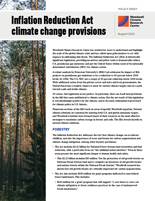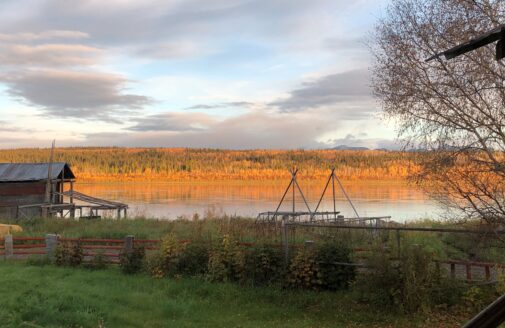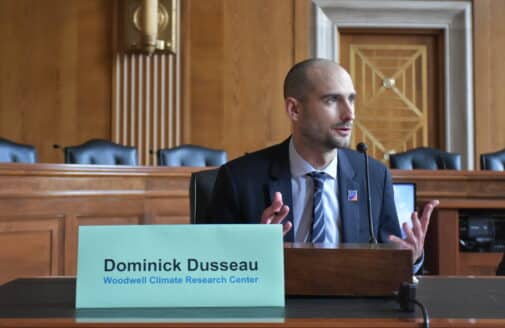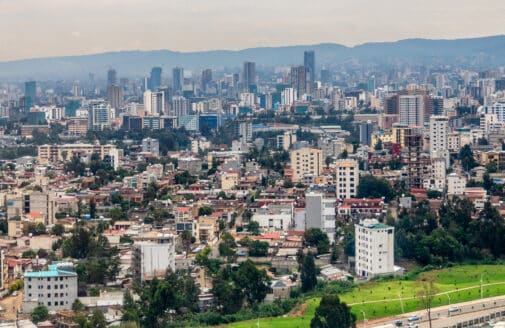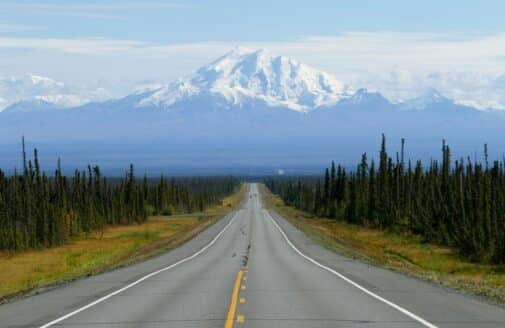Inflation Reduction Act climate change provisions

Woodwell Climate Research Center has worked for years to understand and highlight the scale of the global climate crisis and has called upon policymakers to act with urgency in addressing this threat. The Inflation Reduction Act (IRA) is historically significant legislation, providing incentives and policy tools to dramatically reduce U.S. greenhouse gas emissions and put the United States within reach of its nationally determined contribution (NDC) for climate action.
A robust analysis by Princeton University’s ZERO Lab estimates the impact of IRA projects on greenhouse gas emissions to be a reduction to 40 percent below 2005 levels, by 2030. The U.S. NDC sets a target of 50 percent reduction below 2005 levels. With additional action from the private sector and state and local governments, the United States has a realistic chance to meet its current climate targets and set a path toward a safe and stable climate.
Of course, this legislation is not perfect. In particular, there are fossil fuel provisions in the bill that seem antithetical to climate action. But the net result of this legislation is overwhelmingly positive for the climate, and is the most substantial step forward for climate policy in U.S. history.
Numerous sections of the bill touch on areas of specific Woodwell expertise. Natural climate solutions are essential for meeting both U.S. and global emissions targets, and Woodwell scientists have focused much of their research on the most effective strategies to maximize carbon storage in forests and soils. The IRA invests heavily in natural climate solutions.
FORESTRY
The Inflation Reduction Act addresses the fact that climate change can accelerate wildfires, and also the importance of trees and forests for carbon sequestration and climate change mitigation. Among other forestry provisions:
- The Act includes $2.15 billion for National Forest System land restoration and fuel reduction, with a particular focus on “the wildland-urban interface.” Fires in these areas present the most significant danger to human health and safety.
- This $2.15 billion includes $50 million “for the protection of old growth forests on National Forest System land and to complete an inventory of old-growth forests and mature forests within the National Forest System.” Woodwell research has shown that old growth forests are critically important for carbon sequestration.
- The Act also includes $550 million for grant programs dedicated to non-federal forest landowners. This includes:
- $150 million for a grant program that will support “a cost share to carry out climate mitigation or forest resilience practices in the case of underserved forest landowners.”
- $250 million for grants that will help underserved forest landowners or landowners of forest lots less than 2,500 acres participate in emerging carbon markets.
- $1.5 billion over nine years for grants that will drive urban and community forestry projects and $700 million for the Forest Legacy Program.
AGRICULTURE
The Inflation Reduction Act provides significant incentives for improved agricultural techniques that would, among other benefits, increase soil carbon sequestration. Existing federal agricultural conservation programs, for example, are heavily oversubscribed, and the Act provides additional funds to help farmers and ranchers implement and expand practices that would reduce greenhouse gas emissions. Woodwell scientists have been among the leaders in researching the potential of soil carbon as a climate change mitigation tool, and the processes for measuring, monitoring, and validating increased sequestration. Among other conservation and agricultural provisions, the Act includes:
- More than $20 billion in overall funding to help farmers mitigate climate change, including significant funding for “agricultural conservation practices” that “directly improve soil carbon, reduce nitrogen losses, or reduce, capture, avoid, or sequester carbon dioxide, methane, or nitrous oxide emissions, associated with agricultural production.”
- $1.3 billion for the Natural Resources Conservation Service to provide technical assistance and collect field-based data on greenhouse gas emissions associated with agricultural practices.
RISK
The Inflation Reduction Act recognizes the current and increasing physical hazards presented by climate change, and the fact that many communities are not prepared for climate change impacts. Woodwell works with local governments around the world to provide granular climate services, free of charge. There remains, however, an enormous need to expand this science and to provide funding to support adaptation measures.
- The Inflation Reduction Act provides $3 billion in Environmental and Climate Justice Block Grants. Among the eligible uses of this funding are “mitigating climate and health risk from urban heat islands, extreme heat, wood heater emissions, and wildfire events,” as well as general “climate resiliency and adaptation.”
- The bill includes $4 billion to increase drought resilience in the Western United States.




